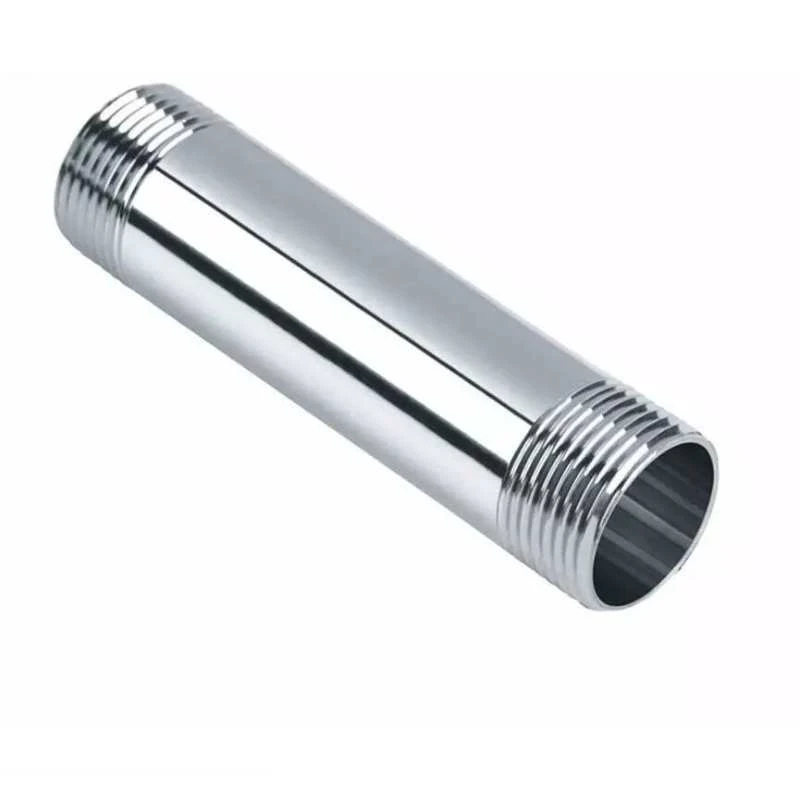-
Cangzhou Yulong Steel Co., Ltd.
-
Phone:
+86 13303177267 -
Email:
admin@ylsteelfittings.com
- English
- Arabic
- Italian
- Spanish
- Portuguese
- German
- kazakh
- Persian
- Greek
- French
- Russian
- Polish
- Thai
- Indonesian
- Vietnamese
- Zulu
- Korean
- Uzbek
- Hindi
- Serbian
- Malay
- Ukrainian
- Gujarati
- Haitian Creole
- hausa
- hawaiian
- Hebrew
- Miao
- Hungarian
- Icelandic
- igbo
- irish
- Japanese
- Javanese
- Kannada
- Khmer
- Rwandese
- Afrikaans
- Albanian
- Amharic
- Armenian
- Azerbaijani
- Basque
- Belarusian
- Bengali
- Bosnian
- Bulgarian
- Catalan
- Cebuano
- China
- China (Taiwan)
- Corsican
- Croatian
- Czech
- Danish
- Esperanto
- Estonian
- Finnish
- Frisian
- Galician
- Georgian
- Kurdish
- Kyrgyz
- Lao
- Latin
- Latvian
- Lithuanian
- Luxembourgish
- Macedonian
- Malgashi
- Malayalam
- Maltese
- Maori
- Marathi
- Mongolian
- Myanmar
- Nepali
- Norwegian
- Norwegian
- Occitan
- Pashto
- Dutch
- Punjabi
- Romanian
- Samoan
- Scottish Gaelic
- Sesotho
- Shona
- Sindhi
- Sinhala
- Slovak
- Slovenian
- Somali
- Sundanese
- Swahili
- Swedish
- Tagalog
- Tajik
- Tamil
- Tatar
- Telugu
- Turkish
- Turkmen
- Urdu
- Uighur
- Welsh
- Bantu
- Yiddish
- Yoruba

Sep . 24, 2024 03:15 Back to list
Different Types of Flange Couplings and Their Applications Explained
Understanding Flange Coupling Types
Flange couplings are essential mechanical components used to connect two shafts for transmitting power and torque in various machinery and equipment. They ensure a secure connection between these shafts, providing the ability to operate at a specific angular positioning while allowing for certain misalignments, vibrations, and thermal expansions. There are several types of flange couplings, each designed to accommodate different operational requirements and environmental conditions. This article provides an overview of the most common flange coupling types.
1. Rigid Flange Couplings
Rigid flange couplings are designed for applications requiring precise alignment between shafts. They consist of two flanges that are bolted together, creating a solid connection that does not allow for any flexibility or movement. This coupling type is ideal for applications where misalignment is minimal, such as in gearboxes or high-precision machinery. While they provide high torque capacity and reliability, any misalignment can lead to increased wear and potential equipment failure.
In contrast to rigid couplings, flexible flange couplings accommodate misalignments between shafts. They are made with materials that can flex, such as rubber or elastomeric elements. This flexibility helps in absorbing vibrations, reducing wear and tear on connected components, and enhancing the overall lifespan of the machinery. Flexible flange couplings are commonly used in applications where vibrations and movement are significant, such as in pumps and compressors.
3. Mechanical Flange Couplings
flange coupling types

Mechanical flange couplings incorporate mechanical features such as splines or keys that enhance torque transmission while allowing for some degree of misalignment. These couplings are designed to provide firm connections and are often used in heavy-duty applications such as turbines and heavy machinery. One of their main benefits is their ability to handle considerable torque loads, making them suitable for high-stress environments.
4. Split Flange Couplings
Split flange couplings feature a design that allows for easy assembly and disassembly, which is particularly useful for maintenance purposes. This type of coupling comprises two halves that are bolted together around the shaft, allowing for quick installation and removal without needing to disturb the entire system. Split flange couplings are utilized in various applications, particularly where regular maintenance or replacement of shafts is necessary.
5. Hybrid Flange Couplings
As technology evolves, hybrid flange couplings are emerging, combining features from both rigid and flexible couplings. These couplings provide enhanced performance by accommodating slight misalignments while offering a solid connection to ensure effective torque transmission. They serve diverse industrial applications, striking a balance between reliability and flexibility.
Conclusion
Flange couplings play a critical role in the efficient operation of machinery across various industries. Understanding the distinct types of flange couplings—rigid, flexible, mechanical, split, and hybrid—can help engineers and technicians select the most appropriate coupling for their specific application needs. By choosing the right flange coupling, companies can enhance performance, reduce downtime, and extend the lifespan of their equipment.
Latest news
-
ANSI 150P SS304 SO FLANGE
NewsFeb.14,2025
-
ASTM A333GR6 STEEL PIPE
NewsJan.20,2025
-
ANSI B16.5 WELDING NECK FLANGE
NewsJan.15,2026
-
ANSI B16.5 SLIP-ON FLANGE
NewsApr.19,2024
-
SABS 1123 FLANGE
NewsJan.15,2025
-
DIN86044 PLATE FLANGE
NewsApr.19,2024
-
DIN2527 BLIND FLANGE
NewsApr.12,2024
-
JIS B2311 Butt-Welding Fittings LR/SR 45°/90° /180°Seamless/Weld
NewsApr.23,2024











